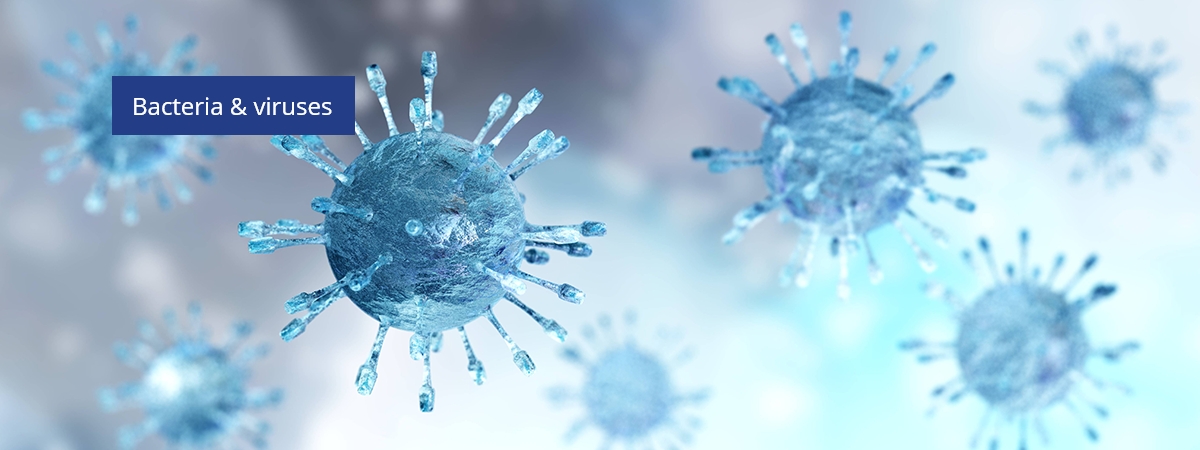
Novel coronavirus (SARS-CoV-2)
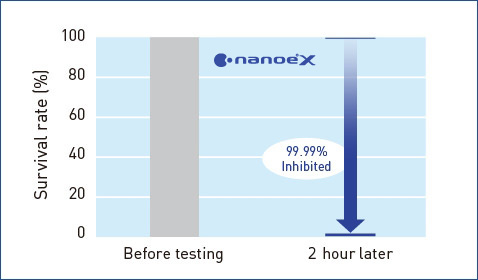
Novel coronavirus variants
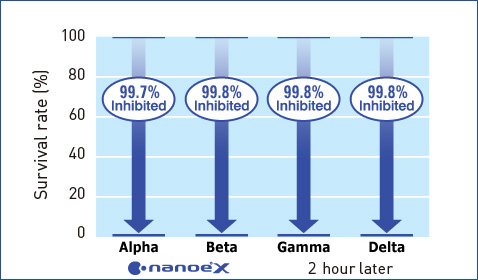
Airborne bacteria
Staphylococcus aureus1
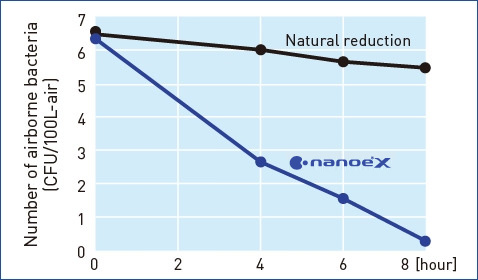
Airborne viruses
bacteriophageΦχ1744

Adhered bacteria
O1572
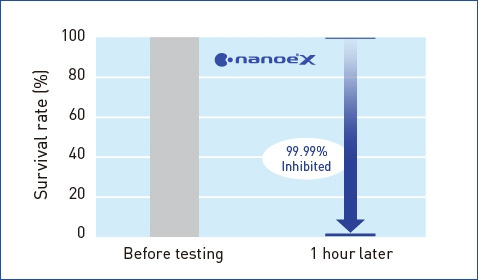
Adhered viruses
Influenza virus H1N1 subtype5
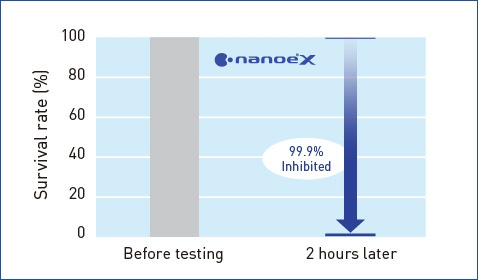
MRSA3
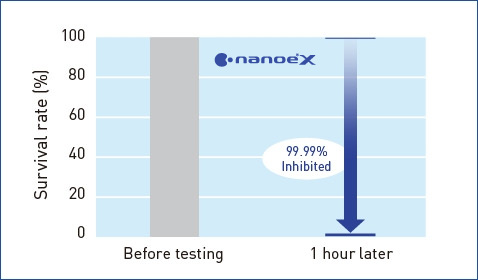
Poliovirus type1 (Lsc-2ab)6
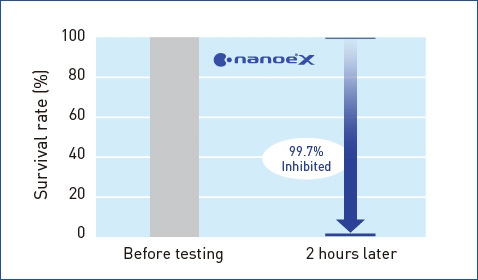
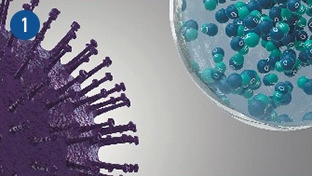
nanoe® X reaches virus.
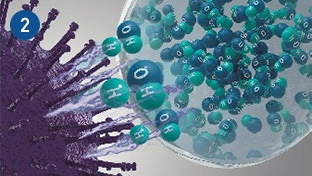
Hydroxyl radicals denature virus proteins.
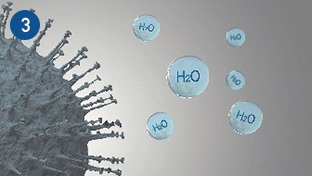
Virus activity is inhibited.1–6
The difference in size between a certain bacteria and viruses is about the same as the difference between apples and sesame seeds.
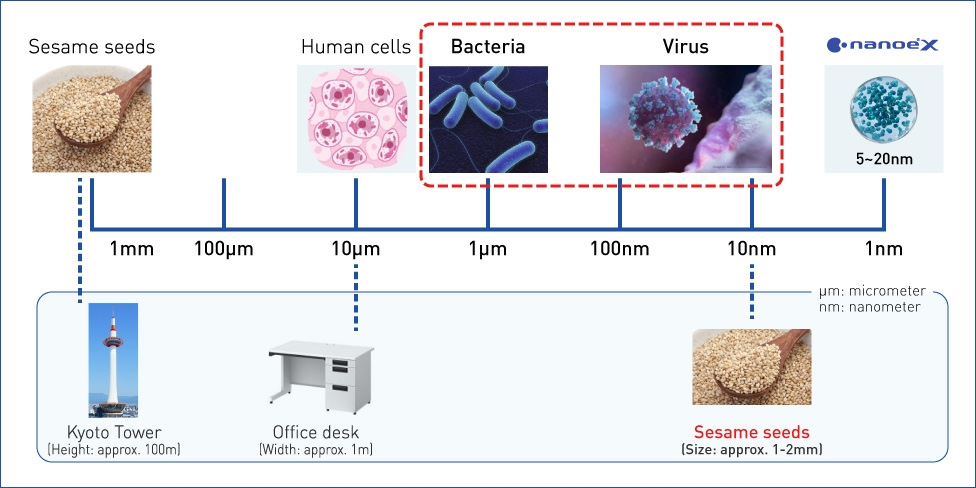
Survival period varies depending on surface, from 3 hours to 7 days.
| Type of substances | Survival period | ||
|---|---|---|---|
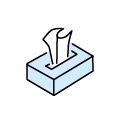 |
Paper, tissue | 3 hours |
|
 |
Copper surface* | 4 hours |
|
 |
Cardboard surface | 24 hours |
|
 |
Cloth surface | 2 days |
|
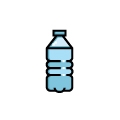 |
Plastic surface | 3 days |
|
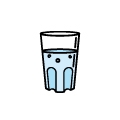 |
Glass surface | 4 days |
|
 |
Banknote surface | 4 days |
|
 |
Outside of surgical mask | 7 days |
|
*Copper naturally degrades certain bacteria and viruses.
Survival period differs depending on surface irregularities.
Viruses survive longer on smooth surfaces than on irregular surfaces.
Source:
https://www.businessinsider.com/coronavirus-lifespan-on-surfaces-graphic-2020-3
1Airborne bacteria (Staphylococcus aureus). Testing organisation: Kitasato Research Center for Environmental Science. Testing method: The number of bacteria was measured after direct exposure in an approximately 25m3-sized airtight test chamber. Inhibition method: nanoe® released. Target substance: Airborne bacteria. Test result: Inhibited by at least 99.7% in 4 hours. (24_0301_1)
2Adhered bacteria (O157). Testing organisation: Japan Food Research Laboratories. Testing method: Measured the number of bacteria adhered to a cloth in an approximately 45 L-sized airtight test chamber. Inhibition method: nanoe® released. Target substance: Adhered bacteria. Test result: Inhibited by at least 99.99% in 1 hour. (208120880_001)
3Adhered bacteria (MRSA). Testing organisation: Japan Food Research Laboratories. Testing method: Measured the number of bacteria adhered to a cloth in an approximately 45-L-sized airtight test chamber. Inhibition method: nanoe® released. Target substance: Adhered bacteria. Test result: Inhibited by at least 99.99% in 1 hour. (208120880_002)
4Airborne viruses (bacteriophageΦχ174). Testing organisation: Kitasato Research Center for Environmental Science. Testing method: The number of viruses was measured after direct exposure in an approximately 25m3-sized airtight test chamber. Inhibition method: nanoe® released. Target substance: Airborne viruses. Test result: Inhibited by at least 99.7% in 6 hours. (24_0300_1)
5Adhered virus (Influenza virus H1N1 subtype). Testing organisation: Kitasato Research Center for Environmental Science. Testing method: Measured the number of viruses adhered to a cloth in an approximately 1m3-sized airtight test chamber. Inhibition method: nanoe® released. Target substance: Adhered viruses. Test result: Inhibited by at least 99.9% in 2 hours. (21_0084_1)
6Adhered viruses (Poliovirus type1(Lsc-2ab)). Testing organisation: Kitasato Research Center for Environmental Science. Testing method: Measured the number of viruses adhered to a cloth in an approximately 45 L-sized airtight test chamber. Inhibition method: nanoe® released. Target substance: Adhered viruses. Test result: Inhibited by at least 99.7% in 2 hours. (22_0096)
Results may vary based on usage and seasonal and environmental variables (temperature and humidity). nanoe® X and nanoe® inhibit activity or growth of pollutants, but do not prevent illness.